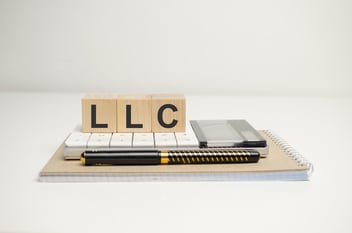Business Succession Planning

If you are the sole owner of a business, to pass your business to your children or other family members, you need to create a limited liability company or corporation to own business assets and operate the business. If you do not, your business will die when you do.
Over 70% of small businesses operate as sole proprietorships. This means that the business is unincorporated and is owned and run by one individual with no distinction between the business and you, the owner.
A sole proprietorship cannot keep the business assets separate from its owner. After death, the business assets are lumped in with personal assets and are part of the probate estate of the owner. There is no operational structure to allow the business to continue operations.
A sole proprietorship is the easiest and simplest method of operating a business – until the owner dies. Then it is unquestionably the worst structure for your business if you want the business to out-live you.
If you operate your business as a corporation or limited liability company (“LLC”) and have transferred the business assets into this entity, you, as the owner, no longer own the business or its assets – the entity does. The owner owns share certificates, if the entity is a corporation, or membership interests, if the entity is an LLC.
The entity does not die with you. Your corporate shares or membership interests will pass through your probate estate, but not the actual business or its assets. For a short time, your executor may have voting control of your shares or membership interests, but in most estates, these can be quickly transferred to your heirs.
When you create a corporation and issue share certificates to yourself in exchange for the assets you transferred into the corporation, you own the business as a shareholder. The shareholders elect the board of directors who are responsible for managing the business for the benefit of its shareholders. The board of directors elects officers, such as a president, vice-president, secretary, and treasurer. Only one shareholder is required and one person can serve in multiple officer positions. A single person can fill all of the positions, so a sole proprietor is not required to bring other people into the organization.
An LLC is organized in much the same way as a corporation except the roles have different names. Shareholders are called members and the directors are called managers. An LLC can, but often does not, elect officers. Both corporations and LLCs can be managed by their shareholders or members to further simplify management.
For business succession purposes, the most important characteristics of corporations and LLCs is they do not end with the death of the owner and they provide an established structure for the continued operation of the business.
The business form you choose will greatly affect the ability of your business to survive your death. Even if you do not intend to pass the business to an heir, an on-going business almost always has more value to potential purchases than the assets of the business.



